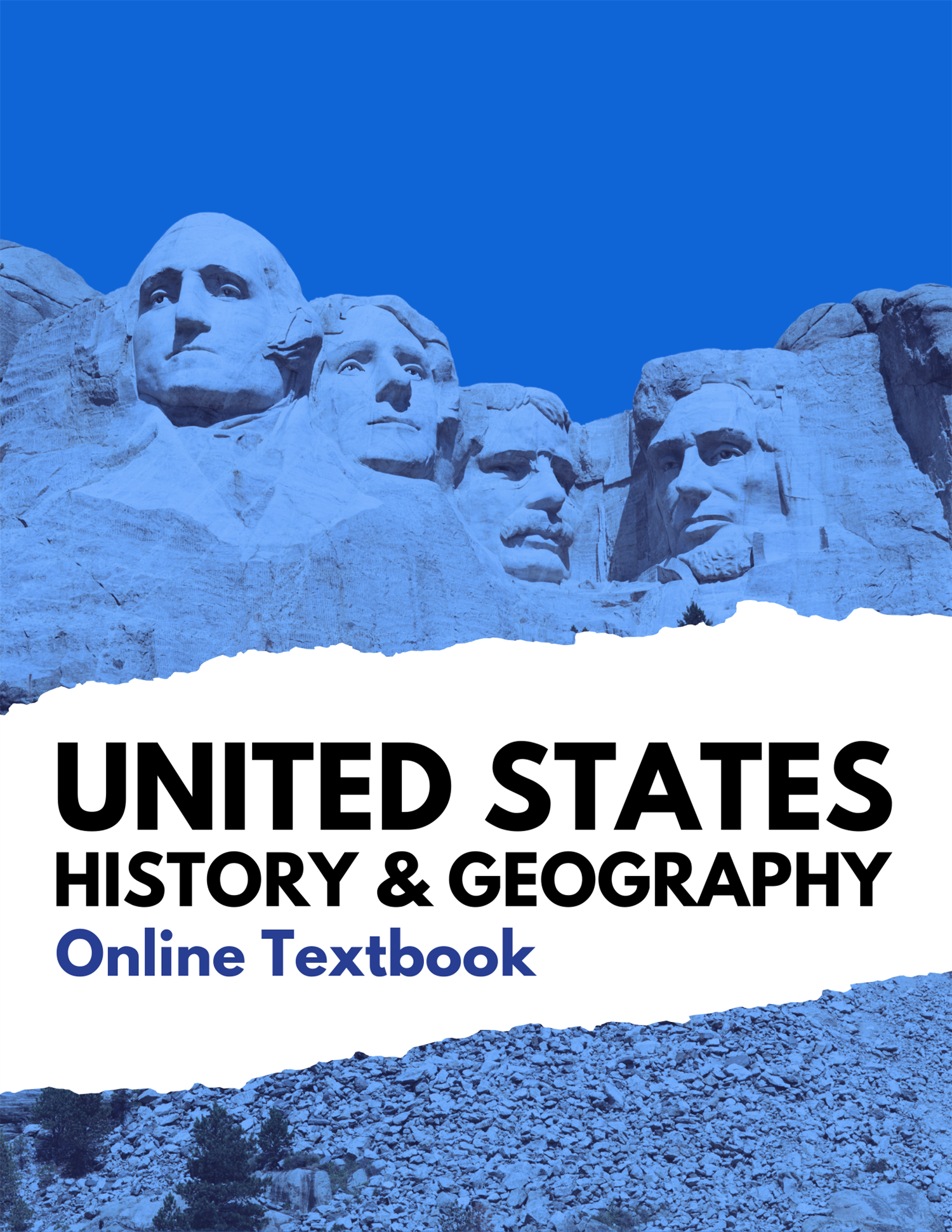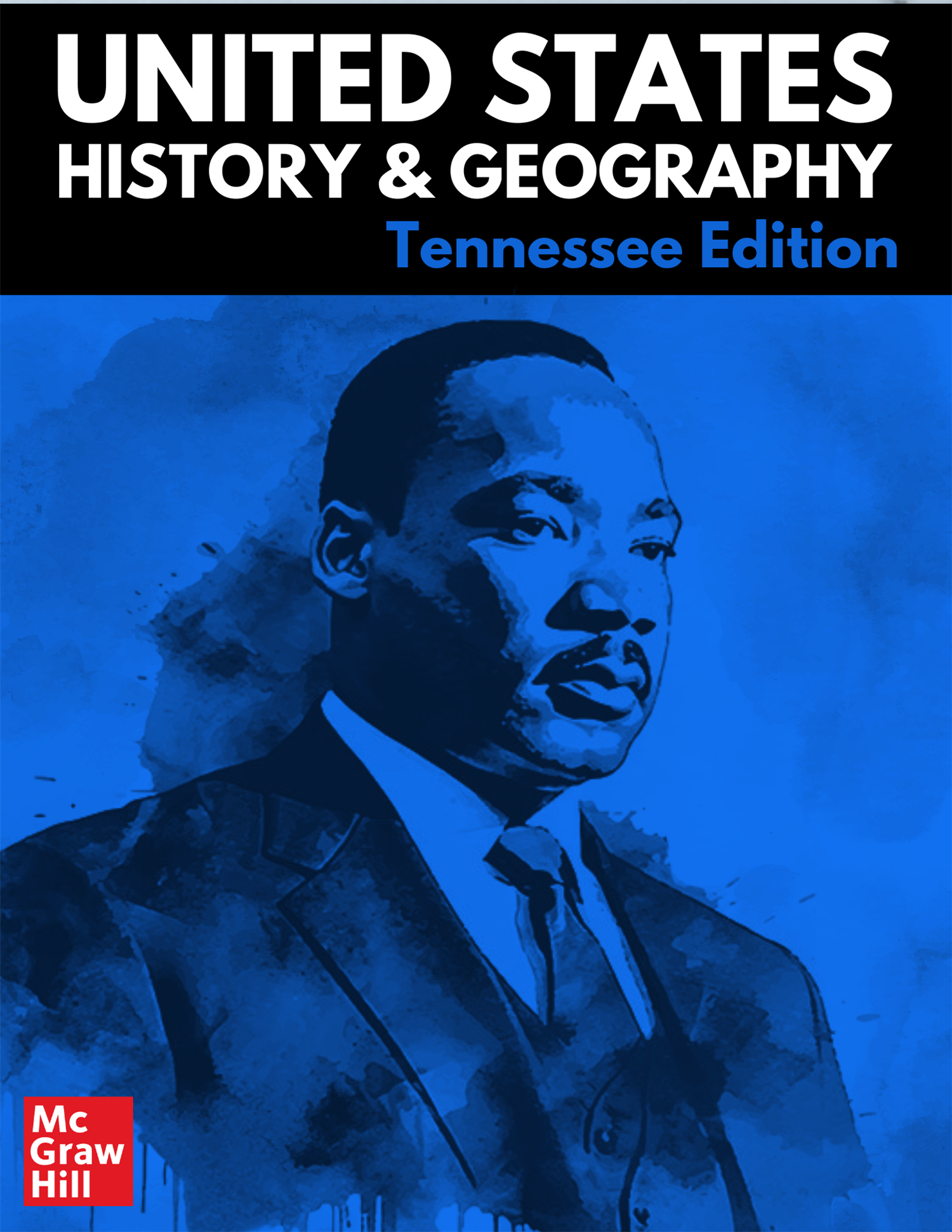Select a School...
Select a School
- A. B. Hill Elementary
- A. Maceo Walker Middle
- Alcy Performing Arts Elementary
- American Way Middle
- Avon Lenox High School
- Balmoral Ridgeway IB World School
- Barret's Chapel K-8 School
- Belle Forest Community School
- Bellevue Middle
- Berclair Elementary
- Bethel Grove Elementary
- Bolton High Agri-STEM High School
- Booker T. Washington Middle & High
- Brownsville Road Elementary
- Bruce Elementary
- Caldwell-Guthrie K-8
- Central High School
- Cherokee Elementary
- Chickasaw Middle
- Chimneyrock Elementary
- Colonial Middle School
- Cordova Elementary Optional School
- Cordova High School
- Cordova Middle Optional School
- Craigmont High School
- Craigmont Middle
- Cromwell Elementary
- Crump Elementary
- Cummings K-8 Optional School
- Delano Elementary
- Dexter K-8 School
- Double Tree Elementary
- Douglass K-8
- Downtown Elementary
- Dunbar Elementary
- E.E. Jeter K-8 School
- Memphis East T-STEM Academy
- Egypt Elementary
- Evans Elementary
- Fairley High School
- Ford Road Elementary
- Fox Meadows Elementary
- Frayser-Corning Elementary
- Douglass High School
- G.W. Carver College & Career Academy
- Gardenview Elementary
- Geeter K-8 School
- Georgian Hills Elementary
- Germanshire Elementary
- Germantown Elementary
- Germantown High School
- Germantown Middle
- Getwell Elementary
- Gordon Achievement Academy
- Grahamwood Elementary
- Grandview Heights Middle
- Hamilton High
- Hamilton K-8 School
- Hanley Elementary
- Havenview Middle
- Hawkins Mill Elementary Helpful Achievers Worthy Knowledgeable Soaring to Excellence
- Hickory Ridge Elementary
- Hickory Ridge Middle
- Highland Oaks Elementary
- Highland Oaks Middle
- Hollis F. Price Middle College High
- Holmes Road Elementary
- Hope Academy
- Ida B. Wells Academy
- Idlewild Elementary
- Invictus Academy at Airways
- Jackson Elementary
- John. P. Freeman Optional School
- Kate Bond Elementary
- Kate Bond Middle
- Keystone Elementary Optional School
- Kingsbury Career & Technology Center
- Kingsbury Elementary
- Kingsbury High
- Kingsbury Middle
- Kirby High
- LaRose Community School
- Levi Elementary
- Lowrance K-8 School
- Lucie E. Campbell Elementary
- Lucy Elementary School
- Macon-Hall Elementary
- Manassas High
- Maxine Smith STEAM Academy
- Medical District High School
- Melrose High School
- Mitchell High School
- Middle College High
- Mt. Pisgah Middle School
- Newberry Elementary
- Newcomer International Center
- Norris Achievement Academy
- Northaven Elementary
- Northeast Prep Academy
- Oak Forest Elementary
- Oakhaven Elementary
- Oakhaven High
- Oakhaven Middle School
- Oakshire Elementary
- Overton High
- Parkway Village Elementary
- Peabody Elementary
- Raleigh-Bartlett Meadows Elementary
- Raleigh-Egypt High School
- Raleigh-Egypt Middle
- Richland Elementary
- Ridgeway High
- Ridgeway International Baccalaureate Middle World Optional School
- Riverview K-8 School
- Riverwood Optional Elementary
- Ross Elementary
- Rozelle Elementary
- Scenic Hills Elementary
- Sea Isle Elementary
- Shady Grove Early Learning Center
- Sharpe Elementary School
- Sheffield Career & Technical Center
- Sheffield Elementary School
- Sheffield High
- Shelby Oaks Elementary School
- Sherwood Elementary School
- Sherwood Middle School
- Shrine School
- Snowden School
- South Park Elementary School
- Southwest Career & Technology Center
- Southwind Elementary School
- Southwind High
- Springdale-Memphis Magnet Elementary
- TEST - TACO TECH SCHOOL
- Georgian Hills Middle
- Robert R. Church Elementary
- Treadwell Elementary
- Treadwell Middle
- Trezevant Career and Technology Center
- Trezevant High
- Vollentine Elementary
- Wells Station Elementary
- Westhaven Elementary
- Westside Elementary
- Westwood High
- White Station Elementary
- White Station High School
- White Station Middle
- Whitehaven Elementary Optional STEM School
- Whitehaven High
- Whitney Elementary
- William H. Brewster Elementary
- Willow Oaks Elementary
- Winchester Elementary
- Winridge Elementary
- Wooddale High
- Woodstock Middle



